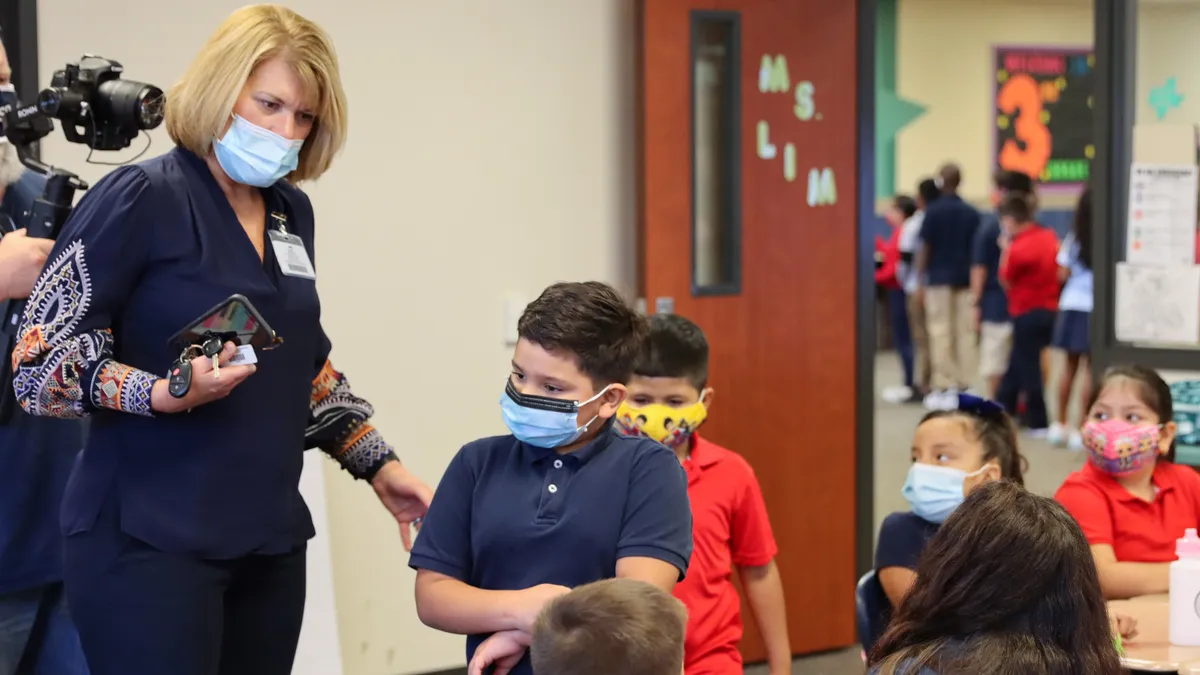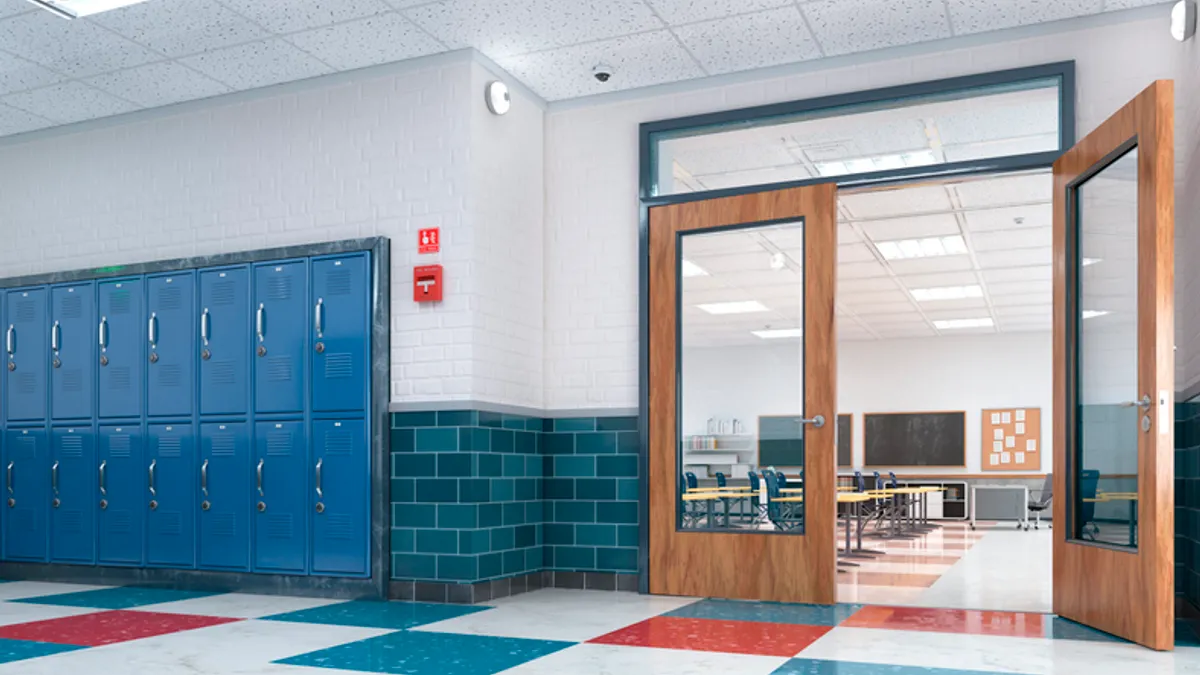Schools are making a major transition from just communicating with parents to actually engaging with them.
This premise led the conversation during a March 8 panel among three school communication experts moderated by Chad Stevens, chief strategy officer of ParentSquare, an ed tech communications platform, at SXSW EDU in Austin, Texas.
Over the course of the discussion, four tips emerged to support best practices for approaching family engagement strategies, including listening to the school community, not assuming how families communicate and more.
Listening to your school community
Not listening to the school community is one of the biggest mistakes education leaders make when transitioning from a communication strategy to one that focuses more on family engagement, said Elisabeth O’Bryon, co-founder and chief impact officer at Family Engagement Lab, a national nonprofit that provides family engagement tools.
It’s key to spend time identifying the experiences and needs of families and teachers as districts look to develop family engagement strategies, O’Bryon said.
While the focus is typically on families, student focus groups can also be a valuable tool for improving family engagement, said Sujata Wycoff, director of communications at Cambridge Public Schools in Massachusetts. Wycoff said she has facilitated focus groups with students across grade levels at CPS, but she really found the input from 4th and 5th graders to be really valuable because of their honesty.
“It was some of the best feedback that we received about engagement,” Wycoff said.
Some students in her district serve as interpreters for their parents, whose main languages are Bengali or Arabic, Wycoff said. It’s insightful to hear these younger students’ thoughts about how to improve sharing information and what their parents want to know from the district, she said.
Don’t assume how families communicate
Another easy mistake districts can make when looking to improve family engagement is assuming the ways families receive and give communications, said Renee Delport, school to home communications officer for Kings Canyon Unified School District in California.
“Don’t ever assume how your parents receive information,” Delport said.
Delport had her district perform a communications audit over six months, she said, adding it was worth the money and time invested. This audit found schools across the district used 20 different methods to communicate with families, she said.
Following the audit, she held various meetings with parents, which were organized with school principals, to find out the ways they currently and would like to receive information from the district.
One mom, who worked as a field laborer, told Delport the importance of district communication via text messaging.
“This mom stood up and she held her cell phone and she said in Spanish, ‘I don’t sit in front of a computer all day long. I’m in the fields. But if you send me a text message, I will get the message,’” Delport said.
At that time, Delport said the district did not have a text message system with parents.
“It’s worth your time to do the research and find out who your audience is,” she said.
Improving language translation
Language translation is a big piece of communication and family engagement, Wycoff said.
CPS works with a third-party vendor to translate family communications in a timely manner, though occasionally turnaround times take longer.
“We had the best intentions of getting things translated, especially with COVID — things that are very timely,” Wycoff said. “I got some feedback that some of our families felt like an afterthought.”
This issue occurred because the English version of the district’s messages would come out a day before the translated versions, she said.
“Every single family deserves the information in real-time, in the language that they prefer,” Wycoff said.
It’s also key to write in plain, conversational terms, no matter the language, the speakers agreed.
Delport advised against districts relying on Google Translate for family engagement and communication. In her district, a translator writes school communications, and the translated message is then sent to another staff member who ensures it uses colloquial language with parents.
Navigating community climate challenges
As communities become more polarized over a variety of pandemic and social issues, Delport said it’s crucial to express more empathy. She’s included on an email group with other communications officers who share their work in the state, and Delport said she’s noticed the shift in that direction in California.
“The messages that so many are sending out — it’s so refreshing to see — is that it’s a message of empathy. It’s a message of respecting others’ choices, and a respect for others’ differences,” Delport said.
As CPS at the time weighed a decision on mask requirements in schools, Wycoff said there’s a balance in striking a tone of empathy and being transparent about such major district decisions. Wearing face masks has been very polarizing in the school community, she said, but ultimately it’s up to the superintendent if staff and students have to continue doing so.
On March 10, CPS announced the district has lifted its mask requirement and face masks are now optional in schools.
“Don’t be afraid to be vulnerable,” Wycoff said. “To say this wasn’t easy — goodness, I think everyone can appreciate that — and just be very transparent about how this decision is going to be made.”
In some cases, missteps are made, Wycoff said. And in those cases, it’s important to own the mistakes and move on.























